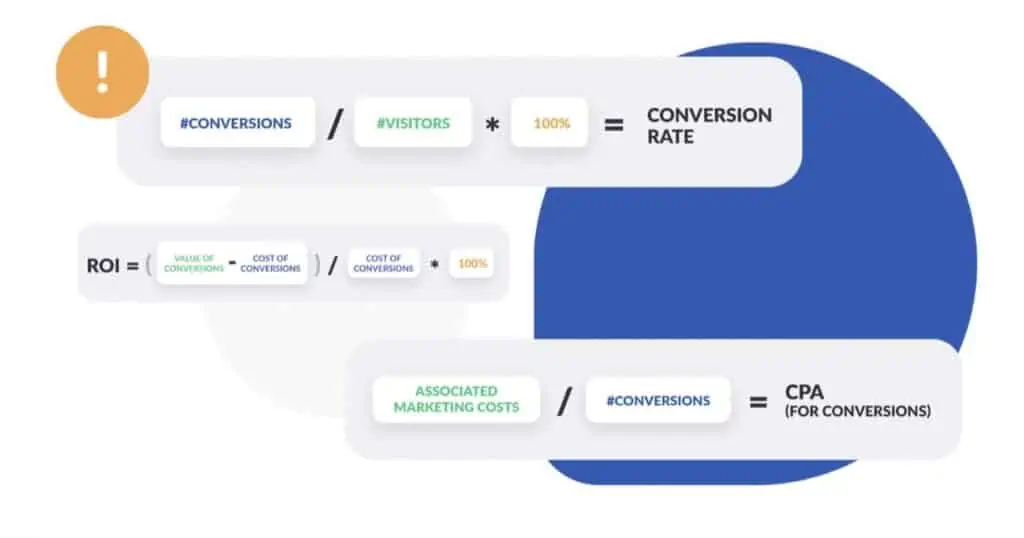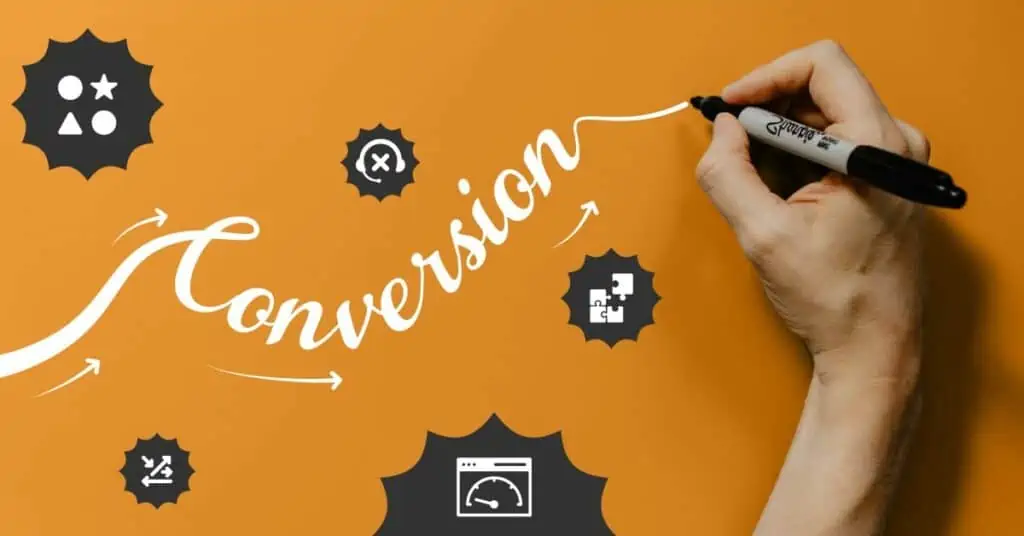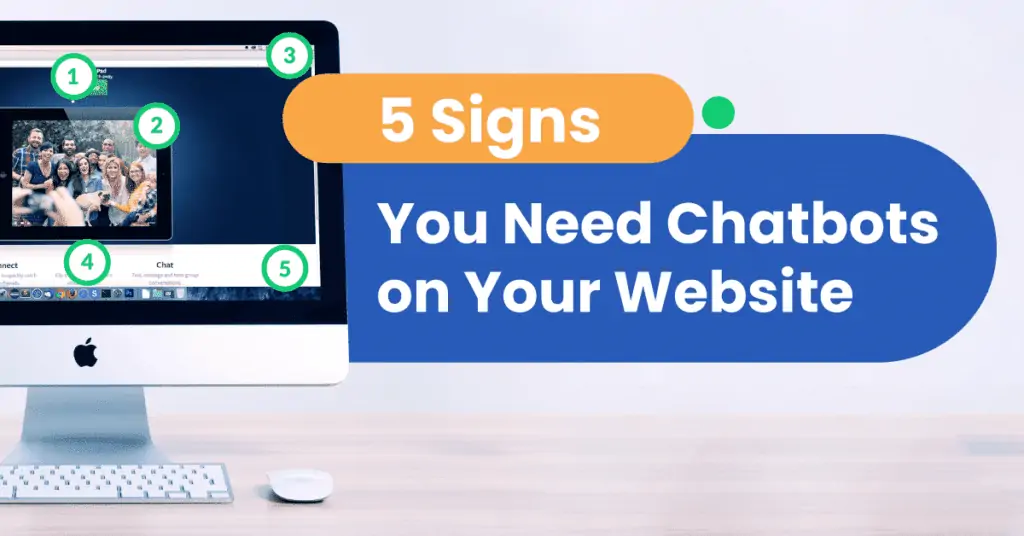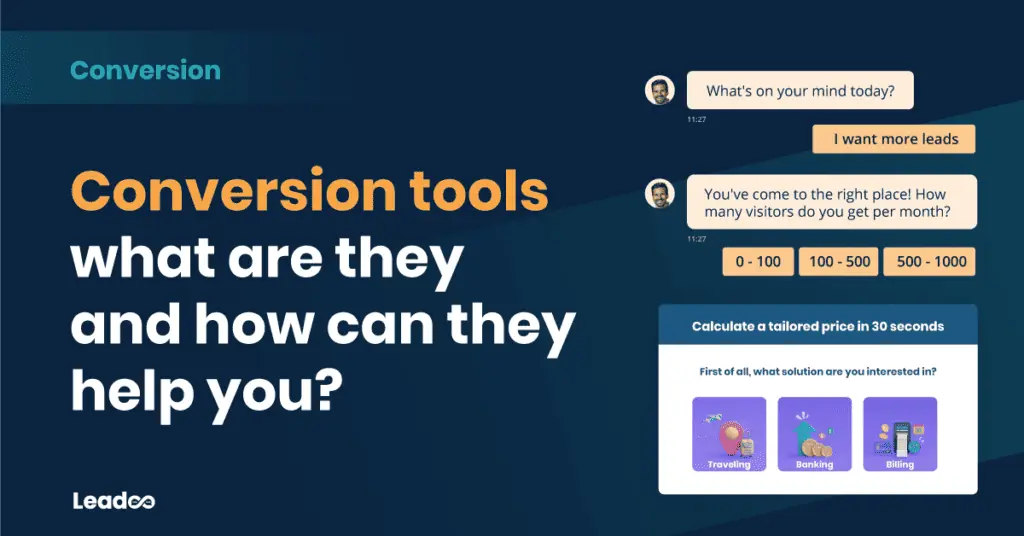Whether you’re new to conversion rates or you’re a conversion pro, one thing is clear; conversion rates matter. That’s why we’ve put together this handy guide on conversions for B2C companies (and why they matter). It’s designed to be an easy read, but if you’re looking for a more comprehensive view of conversion, you can check out our Complete Guide to Conversion Rates here.
The Basics
Before we delve into conversion rates with a B2C focus, let’s remind ourselves of the basics.
A conversion is simply any desired action a visitor to your website has taken in order to interact with you in some way. What this looks like is determined by you, and can depend on different things – your industry, your aims, your market.
The type of action also gives us a clue into how far into the buying process each customer is. For example, someone who signs up for a newsletter is probably not as far along in the process as someone who has placed an item in their basket. The person with the item in their basket has an intention to buy, and we can help them along the way by optimising our conversion points that they interact with on the site.
More on this later. To calculate conversion rate, you need to do this;
Conversions (desired actions taken) x 100
Website Visitors
To simplify; if you had 200 visitors to your site today, and out of those 20 put items in their basket and another 4 signed up to your newsletter, then that means you received 24 conversions today, or 12% conversion rate, because (24/200)*100 = 12. Nice one.
You might think that just placing items in their basket isn’t much, but hear us out – we’ll get there.
The next bit of magical marketing jargon you need to know is Conversion Rate Optimisation (or CRO). CRO is where you fine-tune your site to maximise the number of people who convert, and, down the line, the number of people who are actually making a purchase. Sales means revenue, and revenue means happy board members. Happy days.
Right, so what’s a good conversion rate?
Well, that very much depends on your business/industry/market. We think that you should set out to continuously improve it, rather than set a ‘target’ rate. If you want to see the ballpark for your industry, we did some research on conversion rates across different markets, so you could check that out to give you some idea.
Like I say, your focus should be on improving your rate – and it just so happens that we recently got the hottest tips, fresh from our Customer Success team, on how to do just that. You can read that here.
Why does this matter to a B2C company?
It means you need to pay some love and attention to your site! You need to look at where your customers’ touch points across your site are – what are they interacting with, or not?
End users are usually looking for something different from your site than a B2B customer. They normally want information and guidance on what product they need, and quickly, and their decision making process is much shorter than in a B2B sale. This is easy to optimise for – we can utilise chatbots to get customers interacting, as well as to capture information on what their needs are as quickly as possible.
Our friends at CareCo (a mobility and lifestyle equipment provider) make great use of this – their customers usually need help choosing a product that works for them, and sometimes may need the help of a real human to do that. We get them chatting with an advisor as quickly as possible – firstly by asking them what they need from a list of options, and then presenting them with appropriate support from there. Check out an example below:
This gives customers a personalised experience – definitely something you need when looking for mobility aids. But it works in all kinds of settings, and means you can direct the customer closer to the end sale, all whilst gathering information on how you can best meet their needs. Some of our other Leadoo users, such as Etuovi.com, also use the platform to better understand the visitors they get on their site and created some bots to capture information. They found that they could capture 15 different data points within one bot conversation – something you’d probably otherwise struggle to get people to share willingly. As the old adage goes; knowledge is power, and power is what we want. *evil laugh*.
The list of possibilities in B2C for conversion opportunity is endless – increasing the number of signups to a newsletter, for example, or driving sales by offering personalised discounts to those who leave their details in your bot. Customers provide details more willingly to bots because it feels more personal, and that means you can replace boring, stuffy old contact forms with a fresh approach that suits the customers’ needs every time.
As we mentioned earlier, the decision-making process for an end user is relatively short and lately this has been compounded by consumer trends towards immediacy of service. That means you have to act quickly to make sure that the customer buys what they need from you, and not from a competitor. The easiest way to do that? Find out what they need, and show them it fast, with clear pricing. Simple.
Key takeaway
Conversions are super important for B2C companies – after all, they form the backbone of your revenue stream. You need people converting (at all points of the decision making process) in order to understand their needs and wants. When you know this, you can improve your service offer and make it more personalised for each potential customer. Manage that, you’ll boost your sales, and you need to boost sales so you can afford that trip to Vegas next year. MGM Grand 5 star suite? We know, we got you.



